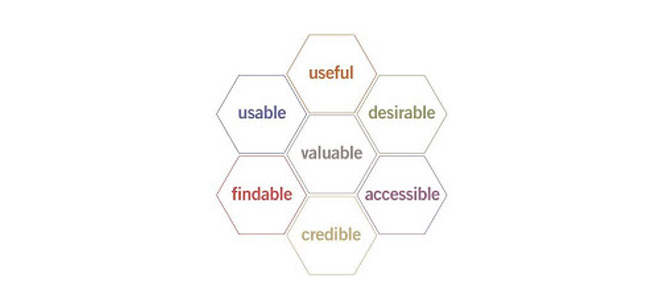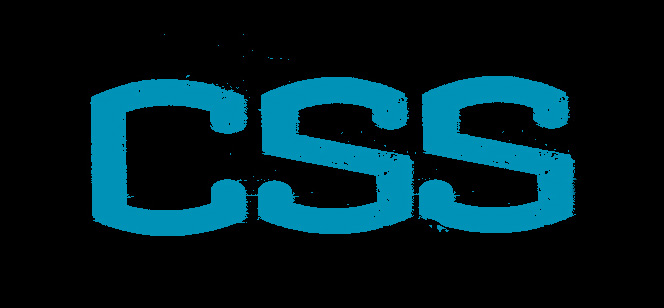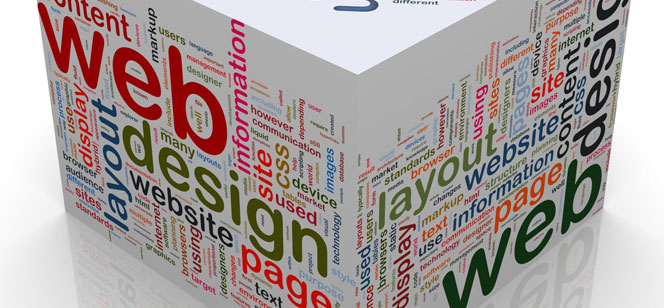It’s always nice when web designers share their tools of the trade, especially when it’s a mom-and-pop outfit.
This designer lists a lot of free and open source tools which they use to build a pretty impressive portfolio. Fancy IDE? Nah, Notepad++! And a freebie FavIcon generator. Open-source Firebug, the Firefox extension that turns Firefox into a power development tool. And of course, for graphics… Gimp.
People are always astonished when you say you use Gimp for production work. Bad press from Adobe and a legion of elitist Photoshop users have given people the false impression that Gimp can’t do anything, like it’s not even as functional as Microsoft Paint. No, Gimp is really all you need for basic web graphics. It’s just doomed to live in the shadow of everyone who doesn’t want a Gimp, but instead wants an open-source Photoshop.






 1. You must be very patient in order to be successful as a web designer. One of the greatest problems that web designers face is the fact that many web designers will try to rush through their work and thus they will often make
1. You must be very patient in order to be successful as a web designer. One of the greatest problems that web designers face is the fact that many web designers will try to rush through their work and thus they will often make 



